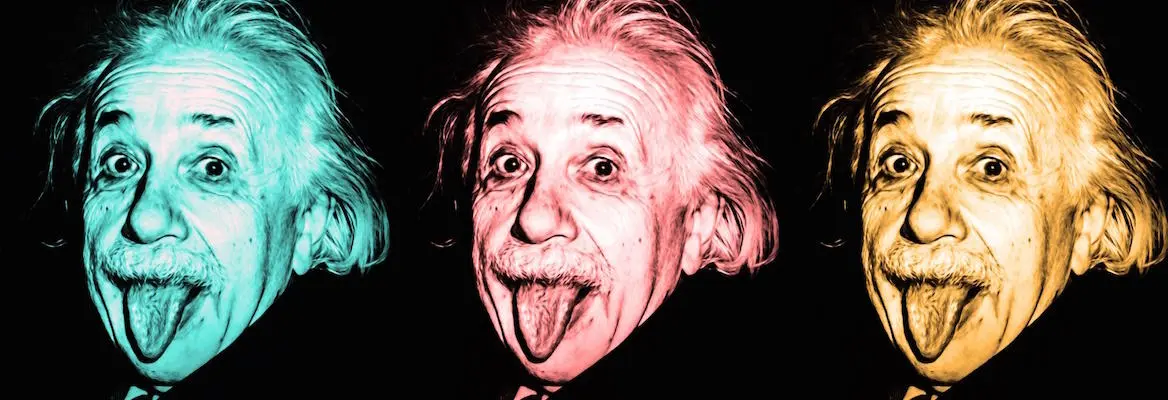Physical theories can open new vistas of human thought, suggesting that the world is not what it seems to be. This situation presents itself as a conflict between the scientific account of the world and “common sense”, a conflict that scientists sometimes gleefully portray as the defeat of common sense. There are clear historical episodes of this character.
Copernicus, for example, proposed that instead of the Earth being fixed in place with the Sun, planets and stars whirling around it, it is the Earth itself that is spinning on its axis and orbiting the Sun. A quick calculation shows that locations at the equator would then be moving at about a thousand miles an hour due to the rotation of the Earth, and the whole Earth moving over million miles a day in its orbit around the Sun. In a world in which a speed of 10 miles an hour would be considered fast, these sorts of apparently unnoticed motions defied common sense. If the Earth is spinning so fast, one wonders, how could the birds in flight possibly keep up?
Common sense is a collection of widely shared beliefs that spontaneously arise from everyday interaction with the world together with some seemingly obvious inferences from that experience. In the case of the birds, the conflict between Copernicus and common sense was only resolved by the introduction of the concept of inertia, first by Galileo and then by Newton. Inertia meant that objects put in motion tend to remain in motion without any further ado, so the birds resting on trees and therefore being carried along with the rotation of the Earth would tend to maintain that motion without any additional effort, even when they left the trees.
___
"Common sense plays a dual, and almost self-contradictory, role in scientific practice"
___
Common sense plays a dual, and almost self-contradictory, role in scientific practice. As we have seen, common sense is sometimes the foil—if not the adversary—of scientific theorising. Making progress in understanding the world sometimes requires overcoming or limiting the authority ascribed to common sense. But on the other hand, it is logically impossible for any empirical science to break free completely of common sense. For empirical theories ultimately appeal to experimental outcomes for their justification, and claims about experimental outcomes themselves draw their authority from common sense. The experimentalist informs us that 28% of the electrons in a certain experiment have been deflected upwards and 72% downwards. Why should we believe her? Because it is part of common sense to accept what we take to be the plain evidence of our senses in appropriate everyday situations.
Niels Bohr made precisely this point in one of his discussions of quantum theory, using “classical terms” to mean what we are calling “common sense”: “it is decisive to recognise that, however far the phenomena transcend the scope of classical physical explanation, the account of all evidence must be expressed in classical terms”. Speaking of the numbers of marks that formed in different locations on a screen is exactly expressing the evidence in classical terms.
Granting that the evidence for the theory must be stated in a way that accords with common sense, just how far can quantum theory go in undermining the more extensive everyday picture of the world? Many physicists seem to positively delight in pushing the scope of “quantum weirdness” as far as possible. An iconic example of this is the so-called “paradox of Schrödinger’s cat”.



















Join the conversation